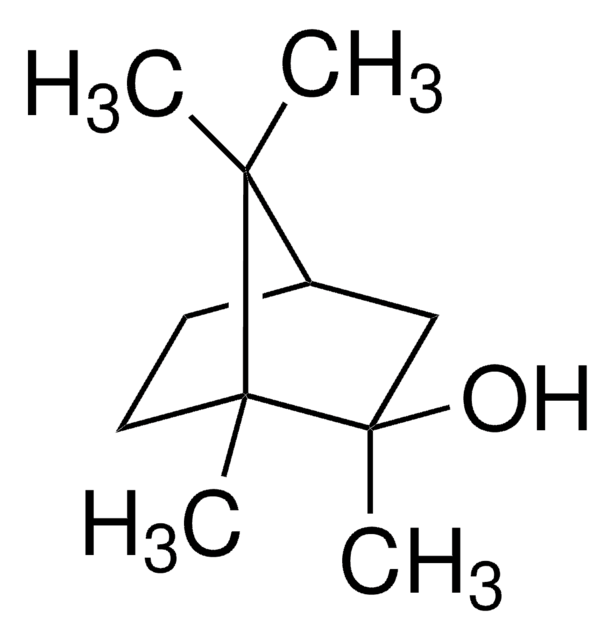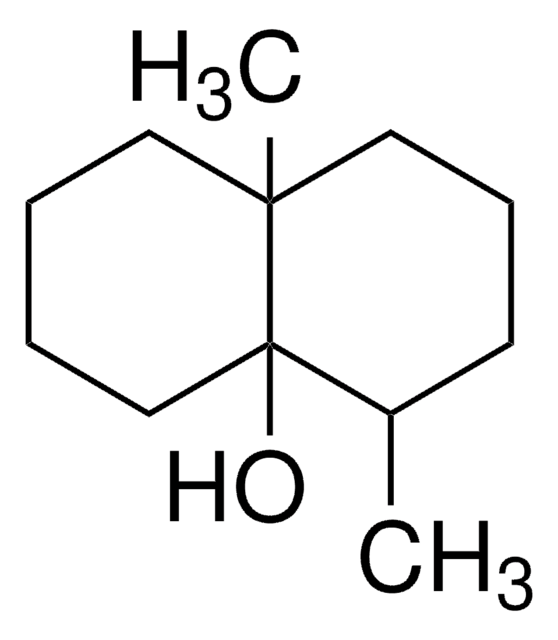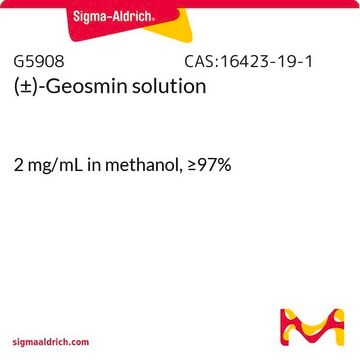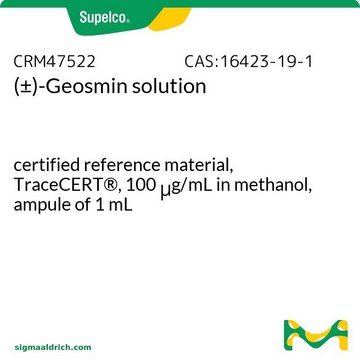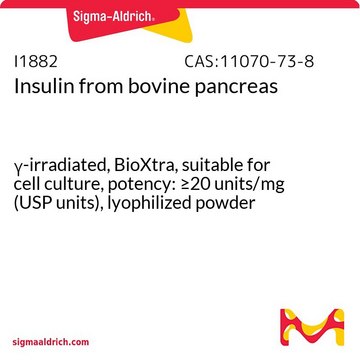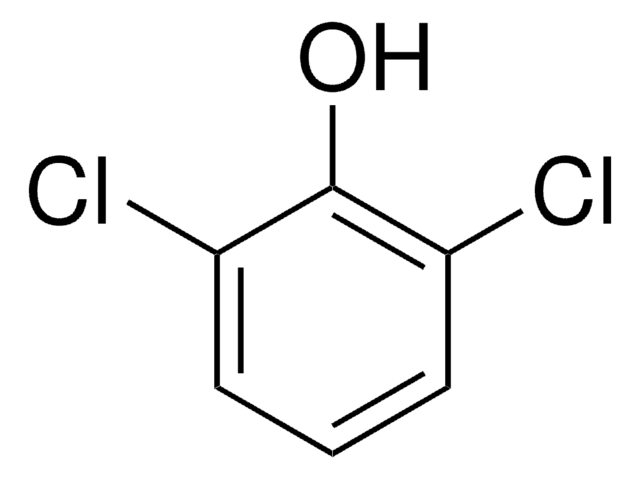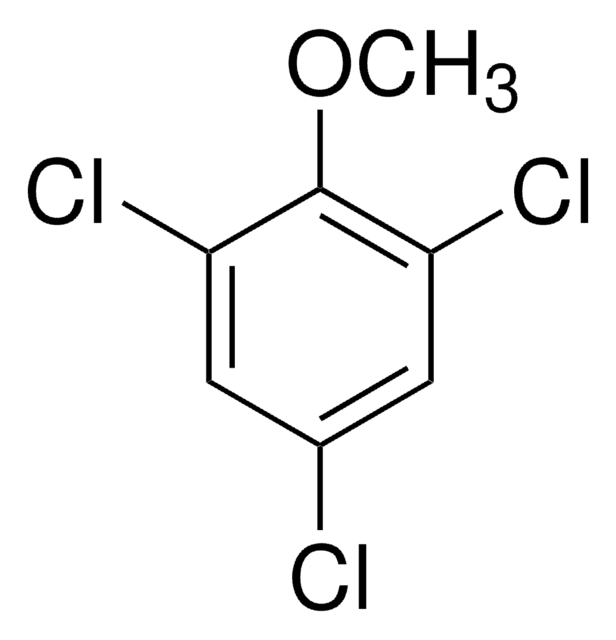Kluczowe dokumenty
M3933
2-Methylisoborneol solution
~10 mg/mL in methanol, ≥98% (GC)
Synonim(y):
(1R-exo)-1,2,7,7-Tetramethylbicyclo[2.2.1]heptan-2-ol
About This Item
Polecane produkty
Poziom jakości
Próba
≥98% (GC)
stężenie
~10 mg/mL in methanol
temp. przechowywania
−20°C
ciąg SMILES
CC1(C)[C@@H]2CC[C@@]1(C)[C@](C)(O)C2
InChI
1S/C11H20O/c1-9(2)8-5-6-10(9,3)11(4,12)7-8/h8,12H,5-7H2,1-4H3/t8-,10-,11-/m1/s1
Klucz InChI
LFYXNXGVLGKVCJ-FBIMIBRVSA-N
Szukasz podobnych produktów? Odwiedź Przewodnik dotyczący porównywania produktów
Opis ogólny
Zastosowanie
- To prepare N-[(1R,2R,4R)-1,4,7,7-tetramethylbicyclo[2.2.1]hept-2-yl]acetamide by reacting with acetonitrile in the presence of boron trifluoride etherate.
- In the enantioselective total synthesis of geissoschizine as well as geissoschizol.
Inne uwagi
Hasło ostrzegawcze
Danger
Zwroty wskazujące rodzaj zagrożenia
Zwroty wskazujące środki ostrożności
Klasyfikacja zagrożeń
Acute Tox. 3 Dermal - Acute Tox. 3 Inhalation - Acute Tox. 3 Oral - Flam. Liq. 2 - STOT SE 1
Organy docelowe
Eyes,Central nervous system
Kod klasy składowania
3 - Flammable liquids
Klasa zagrożenia wodnego (WGK)
WGK 2
Temperatura zapłonu (°F)
51.8 °F
Temperatura zapłonu (°C)
11 °C
Środki ochrony indywidualnej
Eyeshields, Faceshields, Gloves, type ABEK (EN14387) respirator filter
Wykazy regulacyjne
Wykazy regulacyjne dotyczą głównie produktów chemicznych. Można w nich podawać ograniczoną liczbę informacji na temat produktów niechemicznych. Brak wpisu oznacza, że żaden ze składników nie znajduje się w wykazie. Użytkownik odpowiada za zagwarantowanie bezpiecznego i zgodnego z prawem stosowania produktu.
EU REACH Annex XVII (Restriction List)
Wybierz jedną z najnowszych wersji:
Masz już ten produkt?
Dokumenty związane z niedawno zakupionymi produktami zostały zamieszczone w Bibliotece dokumentów.
Klienci oglądali również te produkty
Nasz zespół naukowców ma doświadczenie we wszystkich obszarach badań, w tym w naukach przyrodniczych, materiałoznawstwie, syntezie chemicznej, chromatografii, analityce i wielu innych dziedzinach.
Skontaktuj się z zespołem ds. pomocy technicznej